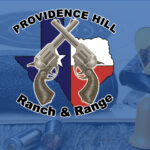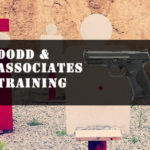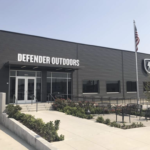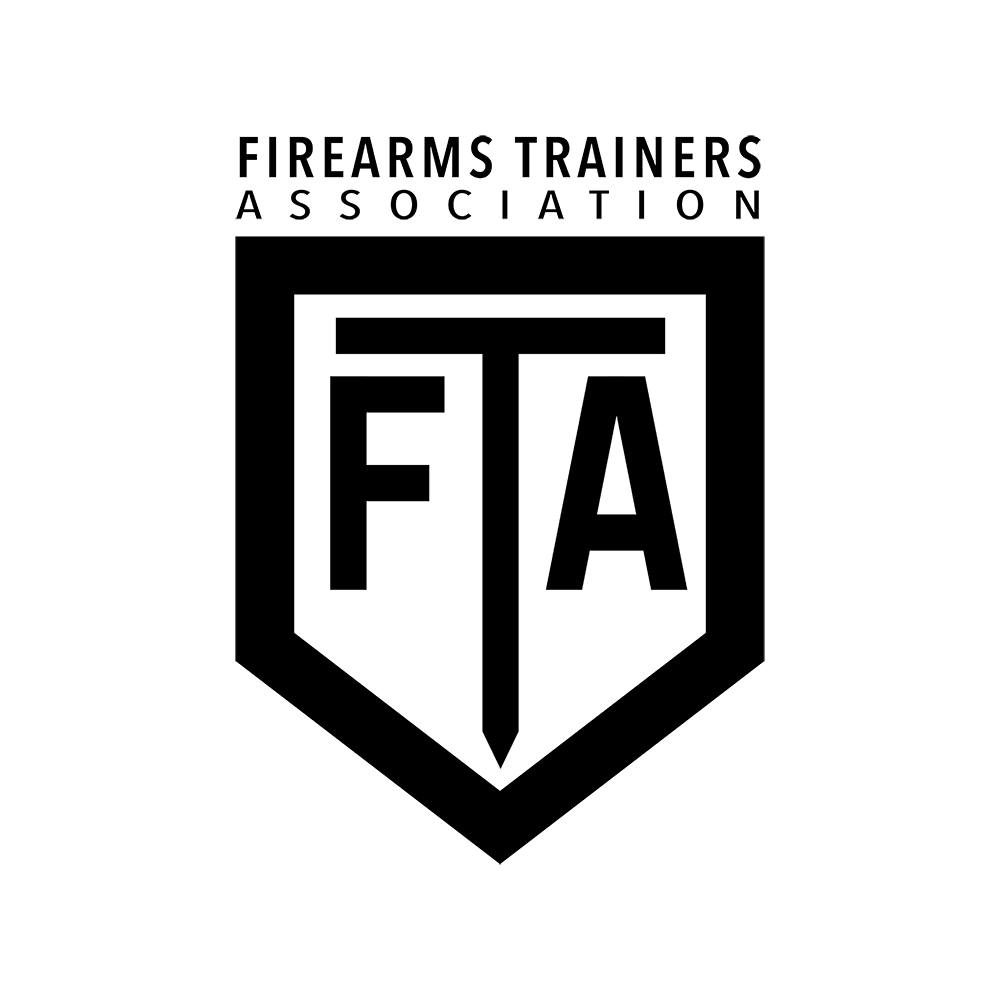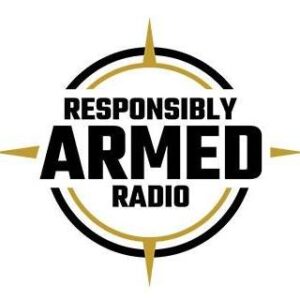
Real World Meets The Gun Range
As originally published in American Shooting Journal
Story and Photographs by Tatiana Whitlock

Every day, women become less of a minority amongst American gun owners. The trend data shows that women feel responsible for their own protection and are taking the necessary steps to ensure it.
Even more interesting is the quietly growing number of females who are participating in self-defense firearms courses that go beyond the basics. What these courses offer are aspects of shooting that relate directly to real life. Spatial and situational awareness as well as firearm manipulation techniques are just a few of those concepts.
The combination of these skill sets begins to introduce a new shooter to thinking outside of the gun. They learn what the gun’s role needs to be depending on the wide variety of potential situations, and there are a number of ways to incorporate this into your home and range practice. By combining real-to-you environments, distances and manipulation techniques you become better prepared for the world outside of the range. After all, the reason so many women carry and have home-defense firearms is to be prepared if they must use them. Aim to transform your plinking time to reality-inspired training by designing a training plan that builds mental and physical proficiency in your daily life.

Training in Context
To obtain a concealed-carry permit, people must pass proficiency shooting requirements. Those vary from state to state, but most have a minimum standard of 3 to 10 yards. Much of this comes from the self-defense magic number of 7 yards, or 21 feet. Though it does establish a baseline, 7 yards is rather limiting and often becomes a comfort zone that many shooters fail to train beyond. Rarely are the circumstances such that a deadly force encounter occurs at a nice, neat 7 yards, and more importantly, there are other distances that more accurately relate to your unique living situation and are worth considering when building your training regimen.
Grab a measuring tape and reintroduce yourself to your home. What is the shortest, average and longest distance from which an intruder could attack you? For example: The average American bedroom measures 120 square feet and is required by building code R304 to have no less than 7 linear feet in any direction. Translation: The distance from your pillow to the bedroom door could be as little as 4 feet. A stairwell comprised of 16 steps measures roughly 13 feet from the first step to the landing. For some, the longest distance in your home may exceed the 21-foot distance where so many of us are comfortable shooting.

No one knows your home like you do. Commit to memory a mental snapshot of your view from each engagement area. These measurements now translate to real environments filled with furniture, fixtures, lighting and sounds. The values may be uncomfortably close and personal or surprisingly farther than you expected. Transferring each to the gun range gives you real, scenario-based distances that are applicable to your home.
For those carrying concealed, it is worth repeating this exercise for other places and spaces you frequent. A long aisle at the grocery store could measure 46 feet or more. What is the distance from the parking garage floor entrance to your regular parking space? Translate these distances into your personal training plan. Set your targets at distances meaningful to your everyday life and bring an element of reality into the artificial training environment of the square range. While it is our hope that we are never faced with a situation requiring us to take that long shot, it is our responsibility to be proficient at all relative distances.
Training in Character
Set your target at your closest, middle and longest distance and practice each one. Working your longest distance first will force you to slow down and focus. Close your eyes and visualize the environment, the sounds of your home, what it feels like to be in that space. Now get into character and imagine: There is an intruder brandishing a weapon and making threats to your life as they menacingly advance towards you. Choose to be confident, calm, focused and in control. Open your eyes and maintain this mental image and mindset as you draw, acquire your sight picture and alignment, press the trigger and follow through.

Complete the sequence of fire with a visual scan and assess as you visualize, searching the area around the downed intruder to confirm they are no longer a threat to you and that they didn’t bring friends. Look around and behind you, maintaining muzzle awareness at all times, and keep your firearm pointed down range at your imagined threat. Where are your kids? Where is the dog? Just because rounds are fired doesn’t mean your job is done. Breathe. For the sake of practice, re-holster, reset your mind, your gear and your target distance for another round.
Top athletes use this mental rehearsal technique to connect the psychological and physical components of a performance or event for optimal results under stress. The more vivid imagery you choose, the greater confidence and control you will have under stress. Those training with personal protection in mind fully expect that critical life-saving moment will be an extreme and stressful experience. Build in the necessary survival mindset into every dry-fire and live-fire training session.
Breaking away from training at comfortable distances and areas where you already excel can result in less than ideal-looking targets, initially. Become less focused on making targets worthy of bragging rights and more concerned with spending your time and ammunition working on perfecting the tough stuff. With a little planning, you can make your next trip to the range a more meaningful one by working on the scenarios, real-world distances and life-saving mindset to hone your shooting skills even further.
You just may find that a measuring tape could be the next accessory you add to your range bag! ASJ
Gun training, Home protection, Real world, self defense, Tatiana Whitlock, training












